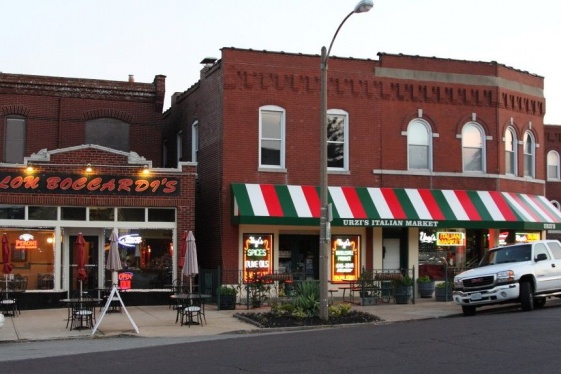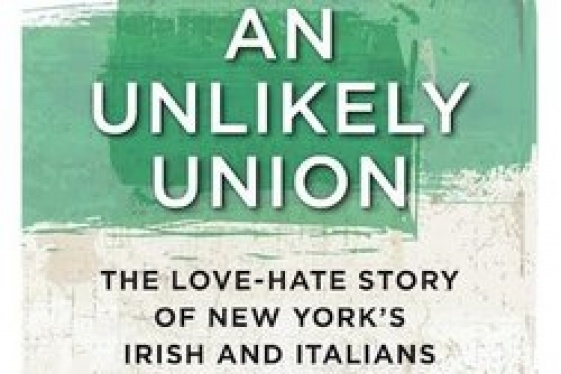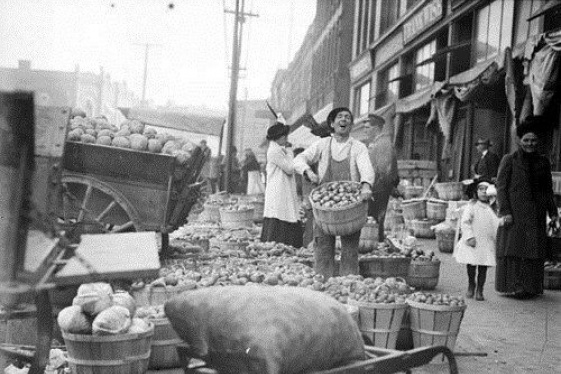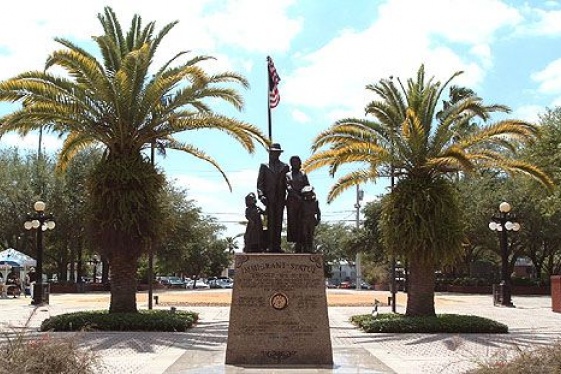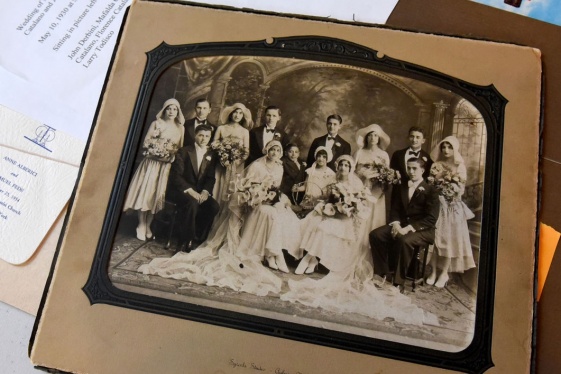

BY: David J. Domino
When Italians from the southern portion of the boot began arriving in the U.S. in mass numbers during the late nineteenth century to seek the American Dream, they were not considered white by the Anglo-Saxon population, specifically in the South. Since they were not Protestant by faith, had Mediterranean features and were not Anglo-Saxon by ethnicity, these Italian immigrants often faced persecution. Many Italians were even lynched.
The first lynching of an Italian in the U.S. happened in Mississippi on March 28, 1886. A group of masked white southerners beat an Italian immigrant named Fred Villarosa and hanged him to a tree. On December 28, 1886, an Italian named John Elia was lynched in Bienville, Louisiana. On June 24, 1889, Tony Cravasso and his brother Frank were lynched in Cumberland Gap, Kentucky.
On March 14, 1891, eleven Italian men who were falsely accused for the murder of a police chief in New Orleans were lynched by a mob of about 10,000. On May 11, 1891, a hateful mob attacked and lynched 3 Italian laborers in Wheeling, West Virginia. Two years later, a vengeful mob ripped Daniel Arata out of his jail cell, hanged him, and blasted his body full of bullets.
Arata was the manager of a bar in the city. When a respected local Civil War veteran refused to pay for his drink at the bar, Arata confronted him. According to information, the veteran allegedly punched Arata in the face. Arata grabbed his gun from behind the bar and fatally shot the veteran. People yelled "kill the Dago" as Arata was being hanged.
On July 17, 1894, Louis Laferdetta was lynched in Boone, Kentucky. In 1895, there were three Italian miners lynched in Huerfano County, Colorado. Their names were Stanislao Vittone, Francesco Ronchietto and Lorenzo Andinino. On August 9, 1896, more Italians were lynched in Louisiana, after angry citizens took Salvatore Arena, Lorenzo Salardino and Giuseppe Venturella out of jail and lynched them in the town of Hahnville. The Italians were accused of killing Americans, despite lack of evidence to support the charge.
On July 21, 1899, some Italian storekeepers and their friends were lynched for being Italian in Tallulah, Louisiana. Giovanni Cirano, Rosario Fiducia, and Francesco, Carlo, and Giuseppe DiFatta were the names of the victims.
On July 11, 1901, some Italian men were viciously attacked by an armed mob of white southerners in Erwin, Mississippi. Two of them, Giovanni and Vincenzo Serio, were hanged. The third, Salvatore Liberto, was wounded. Luckily, he escaped the vicious mob by running away. On May 14, 1906, a deputy sheriff and his followers attacked and lynched 3 Italians in North Carolina. Later that month, two Italian laborers were lynched near Wriston, West Virginia. Their names were Dominick Masuleo and Frank Lepore.
On October 12, 1914, an Italian named Albert Piazza was lynched by a group of about 30 Anglo-Saxons in Willisville, Illinois. Piazza and his brother were in a bloody fight with 2 Anglos the day before the lynching. On June 10, 1915, Joe Speranza was lynched in Johnston City, Illinois.
On December 14, 1916, an Italian immigrant named Paolo Boletta was lynched in Greenwich, New York. On December 10, 1920, an Italian named Charles Valento was lynched in Santa Rosa, California. In 1922, an Italian named Antonio Franco was lynched in Shreveport, Louisiana. On May 9, 1924, there were 6 Italian immigrants lynched in Amite, Louisiana. On May 18, 1929, an altercation occured that resulted in the lynching of an Italian named E.R. Romeo in Columbia, Florida.
In addition to being lynched by racists, thousands of Italians were denied jobs in the South and parts of the Midwest. In Louisiana, they were forced to sit in the back of movie houses with blacks from 1896 to 1910. During that time period, Italian children were being barred from attending white schools in Sumrall, Mississippi. There were even some Italians who had to sit with blacks on city buses in the South as their skin was darker than your typical Anglo-Saxon.
Despite the fact that Italians were mistreated, they continued to prove their loyalty to the U.S. by promoting patriotism, such as showing love for the American flag, rallying behind the U.S. during wartime, speaking English in public places, and not holding grudges against Anglos. Once the majority of Americans noticed just how honorable Italians were, these misunderstood newcomers went from being Italian to Italian American. And were finally allowed to fully assimilate into American culture.
You may be interested
-
“The Hill” St. Louis’ Little Italy
When the fire hydrants begin to look like Italian flags with green, red and white stripes,...
-
An Unlikely Union: The love-hate story of Ne...
Award-winning author and Brooklynite Paul Moses is back with a historic yet dazzling sto...
-
Polisena delivers address as state lawmakers...
"Italian-Americans came to our country, and state, poor and proud," Johnston Mayor Joseph...
-
The “Little Italies” of Michigan
In doing reseach for this post, I was sure that Italian immigrants found their way to Detr...
-
Ybor City – Florida’s Little Italy
"The people who had lived for centuries in Sicilian villages perched on hilltops for prote...
-
''La Gente di Mulberry Street'' presentato a...
Valsinni- Italia, terra di emigranti. Presentato a Valsinni il nuovo saggio storico di Raf...
-
'A better life': Cayuga Museum showcases Ital...
When Cayuga Museum Executive Director Eileen McHugh was approached by a group of Italian-...
-
'America: Promised Land' reveals how immigran...
The subject of immigration has always been a hot political topic in the United States. The...



